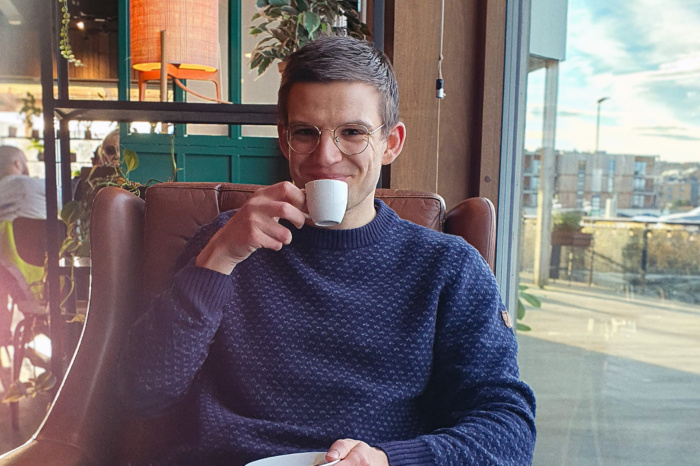Stone age man and social media
Big city, bright lights, miserable people? Most of the world’s people live in large densely populated cities. According to the UN, by 2050 74 percent of the World’s population will be living in urbanized areas.

Big city living is regularly glamorized and is frequently depicted as being energetic and a thriving cultural hub. We are often shown that our cities are ‘paved with gold’ and that we should aspire to live there. However, man can often struggle with city living finding them to be noisy, violent, isolated and anonymous. Sometimes we can’t cope with the sheer mass of people surrounding us. This comes as no surprise to social anthropologists.
You only have to look in your own mobile phone or social network site to see how many names and/or numbers you have stored. Even for city dwellers the number of people that you socially interact with rarely exceeds a couple of hundred. The anthropologist Robin Dunbar has calculated this number to be 150. This ‘Dunbar number’ reflects how many people our brains can maintain a personal relationship with. According to anthropologists our social development is limited by the size of our brain, specifically the neocortex. This means that our social capacity is the same as it was in the Stone-age. This also suggests that the ‘Dunbar number’ reflects how many people would have lived in a Stone age village.
We are all trying to cope with modern big city life equipped only with a stone age social brain. (Neil MacGregor)
This may explain why so many of us struggle with anonymity of city living. Understanding this aspect of our behavior justifies our modern fixation with social media. Through creating cyberspace bonds we are reducing our anonymity thus making our big cities more familiar. Reading bloggs, writing tweets and engaging in social networking create new avenues of interaction. As our physical environment becomes more urbanized and faceless, we seek to find familiarity and self identity. Social networking encourages our stone age mindset to make new connections; for example Facebook has a feature ‘friend finder’. These tools ‘sustains the illusion of closeness in a complex world of continuous partial attention’.
It seems as though we have come full circle in our quest for socialization. Our stone age brain can only maintain personal relationships with 150 people, and yet we look for more connections. By having a greater number of friends – or followers – we increase our status online elevating our position socially. These electronic systems facilitates us to maintain virtual relationships reducing our physical interaction with each other. Conversely this need and drive for networking can make people feel insecure and lead us to question our existing relationships ‘How do you have so many friends? – i only have 357’.
Skrevet av Victoria Fleming, tidligere ansatt i Scanpartner


